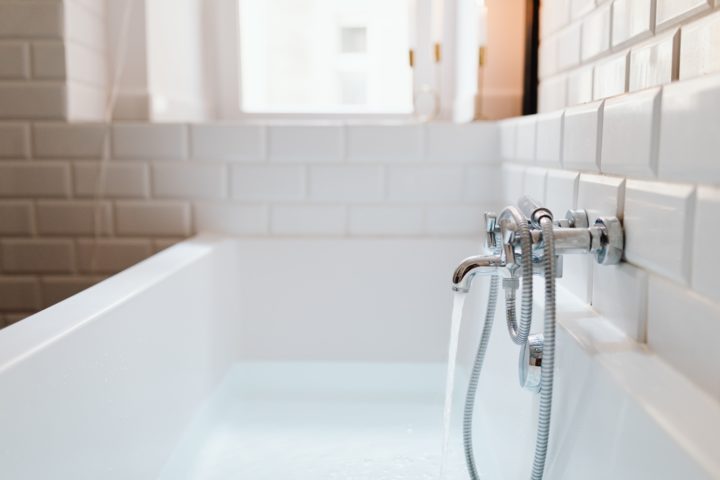The following contribution is from another author.
Individuals working in the plumbing industry are often the overlooked “water warriors” that help ensure people are protected from contaminated water. One of the many services that households and businesses sometimes need is backflow testing.
Water systems are set up to allow different lines to perform specific functions. Some lines carry clean water that is meant to supply households, businesses, and other places with the clean water everyone needs to stay healthy. Other lines carry contaminated water away from these establishments to be taken to treatment facilities or disposal sites. Clean water is a huge issue all over the world because it is vital for human survival. Part of the reason the U.S. government established the Clean Water Act is to protect this precious resource.
If you have never heard of backflow testing, it is important that you know what it is and why it is necessary. The day may come that you will need it and, if you do, it is crucial to understand why you shouldn’t wait.
What Is Backflow?
Essentially, backflow is dirty water that makes its way into clean water lines. Different contaminants that could pollute water include:
- Fertilizers/Pesticides
- Leaking fluids from motor vehicles (petrochemicals)
- Raw Sewage
- Cleaning products like detergents (phosphates)
- Industrial waste from production plants, factories, or other businesses
Most of these contaminating dangers are common occurrences in everyday life. So, there are a lot of opportunities for water to become polluted. This, however, also creates the potential for backflow. When backflow seeps into a home or business, part of that is wastewater and sewage. Both can be rife with parasites, viruses, funguses, and bacteria. Any of these contaminants could cause various illnesses and infections.
Backflow dangers may emerge when water pressure fluctuates in a plumbing system. This can scramble the cross-connections in water lines. Some reasons that water pressure can glitch include:
- Elevated water use
- Older pipes (inclined to become clogged more often)
- Water pipes that endure extreme weather conditions, such as freezing
- Outdated maintenance of municipal water supplies
What Are The Consequences of Backflow?
Obviously, backflow can pose some serious health concerns for people exposed to contaminated water. However, it can also cause other issues. Backflow problems can spur leaks in the water lines. Backflow can also erode water pipes, particularly if the contaminated water contains corrosive materials. Basically, any establishment that is plagued by backflow will face a messy cleanup. Devalued water lines and plumbing systems are also likely consequences.
Why You Should Have Backflow Testing
Backflow preventers (BFPs) are commonly installed components on more modern appliances and systems. However, these are not always guaranteed to work. Having backflow testing now could spare you a lot more trouble later. It’s much simpler to have testing done as preventative maintenance than to have to address more complicated issues in its wake.
Backflow damage is cumulative. The longer it goes undetected, the more damage can be done. If backflow is detected, it’s much more efficient to approach the problem during an early phase. You may want to consider it as a sort of check-up for your plumbing system.
















